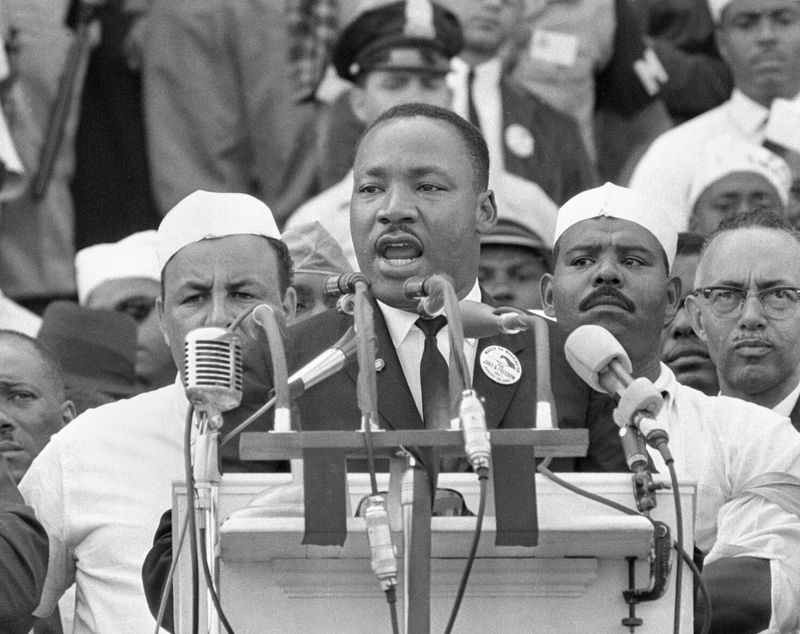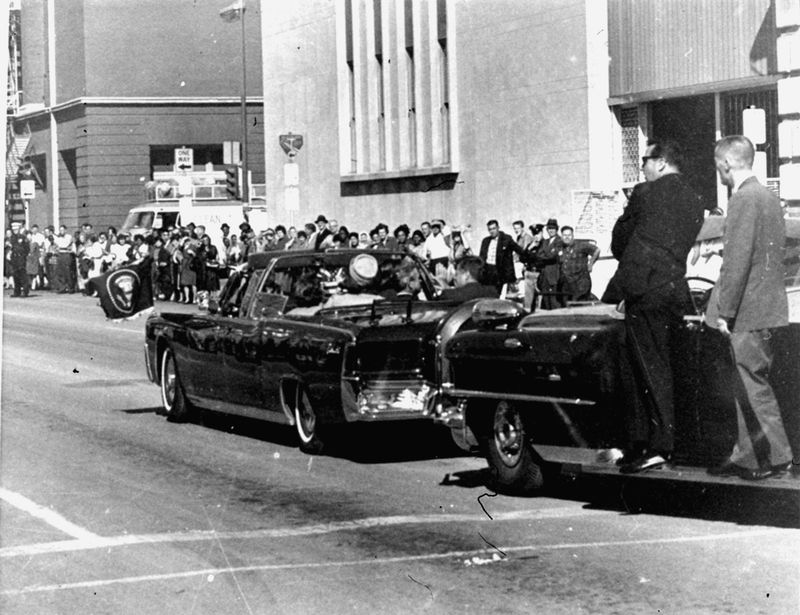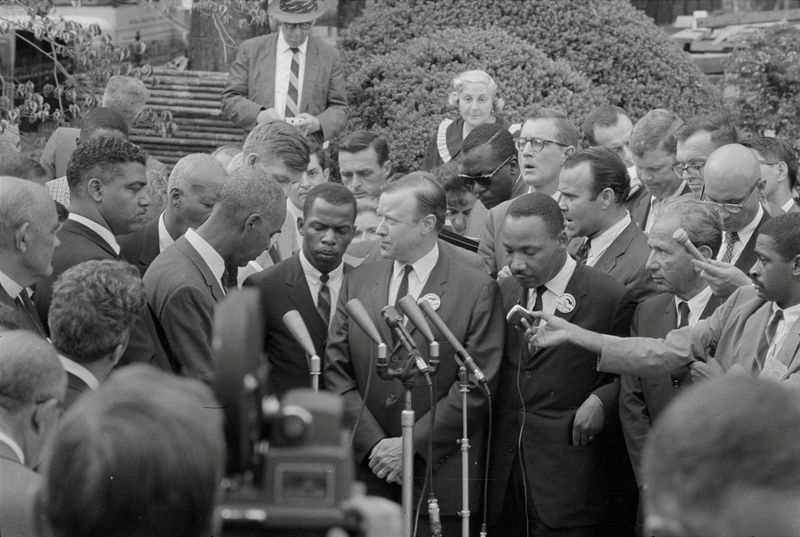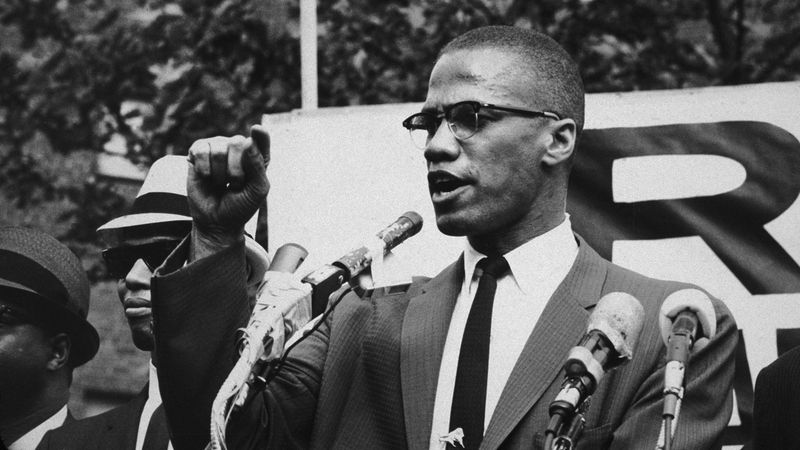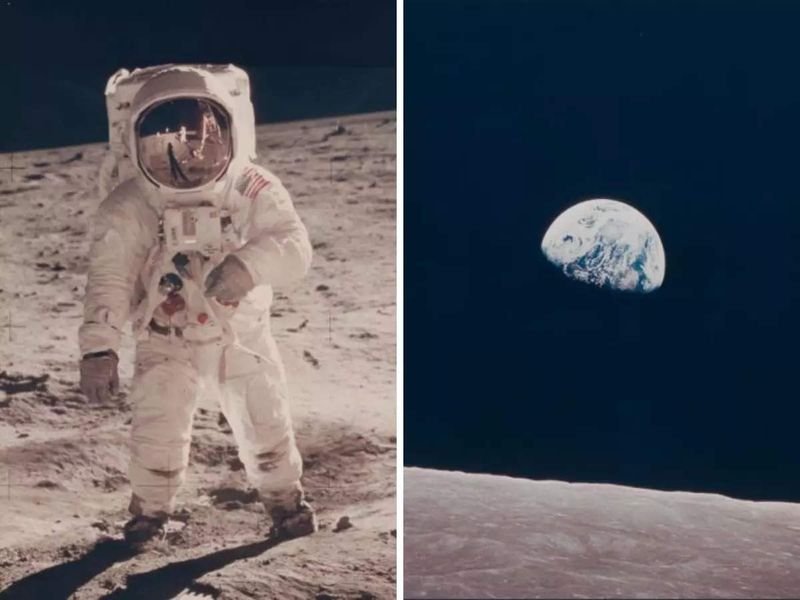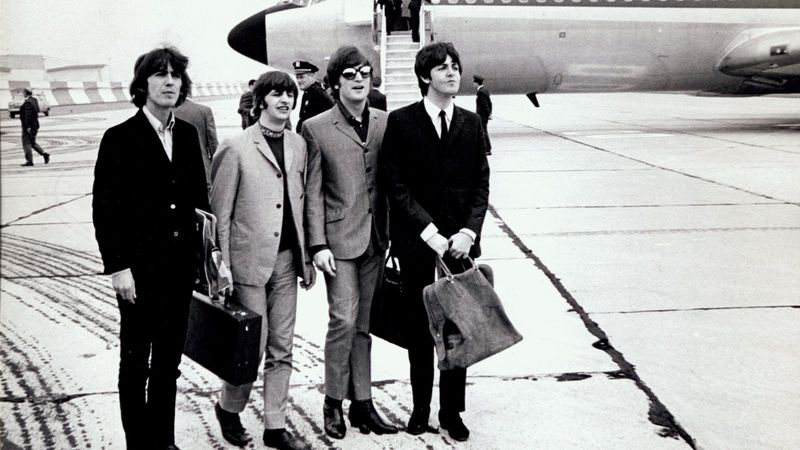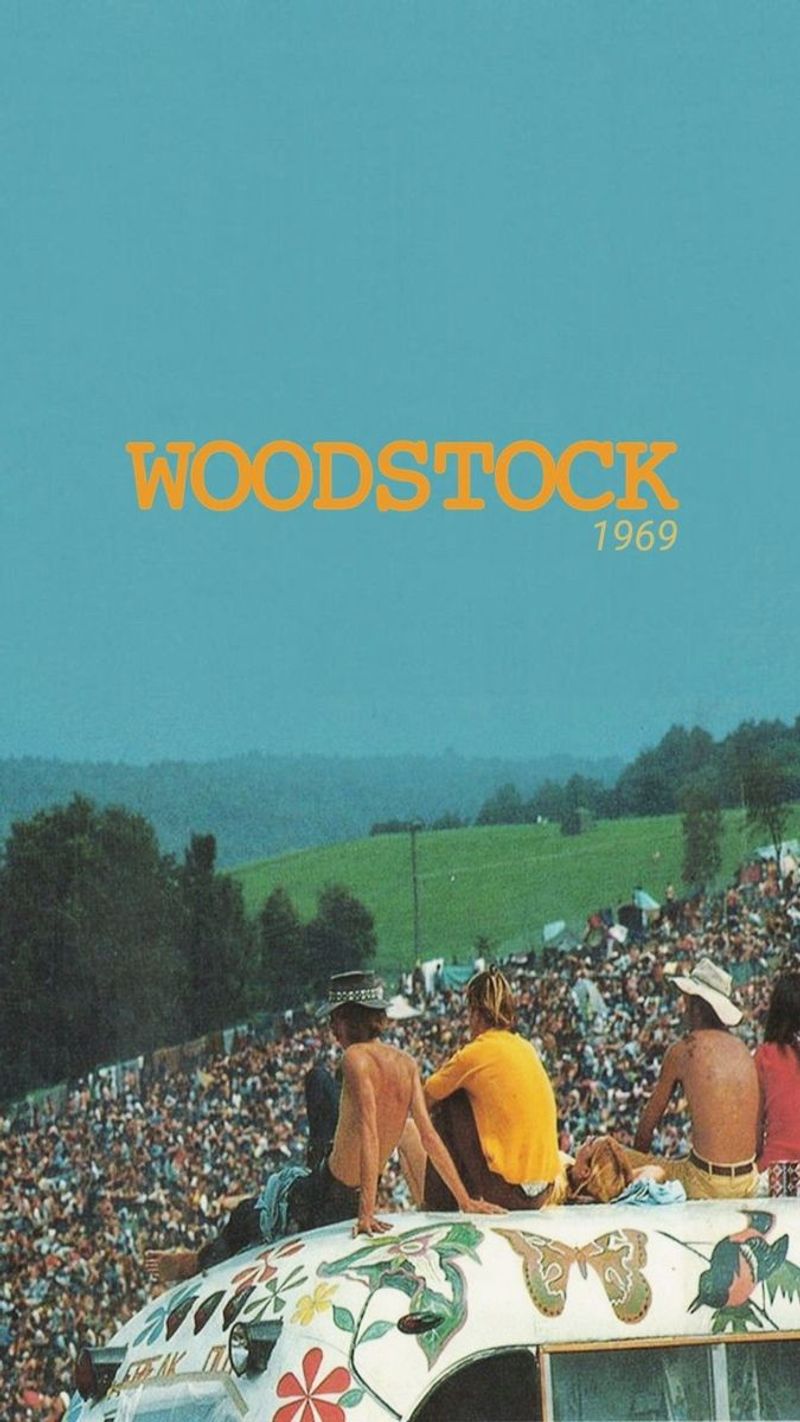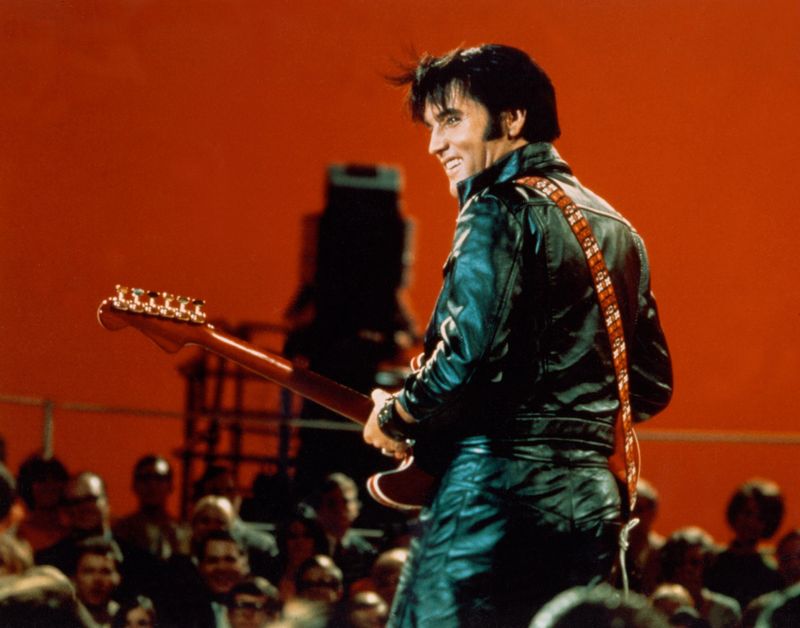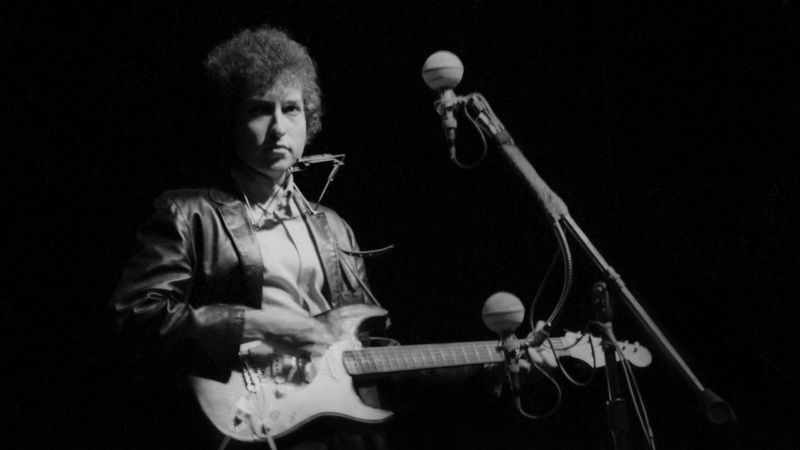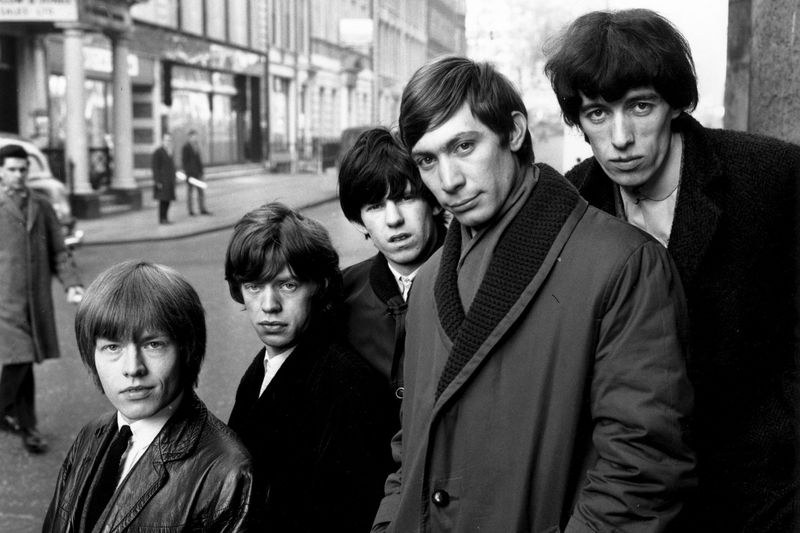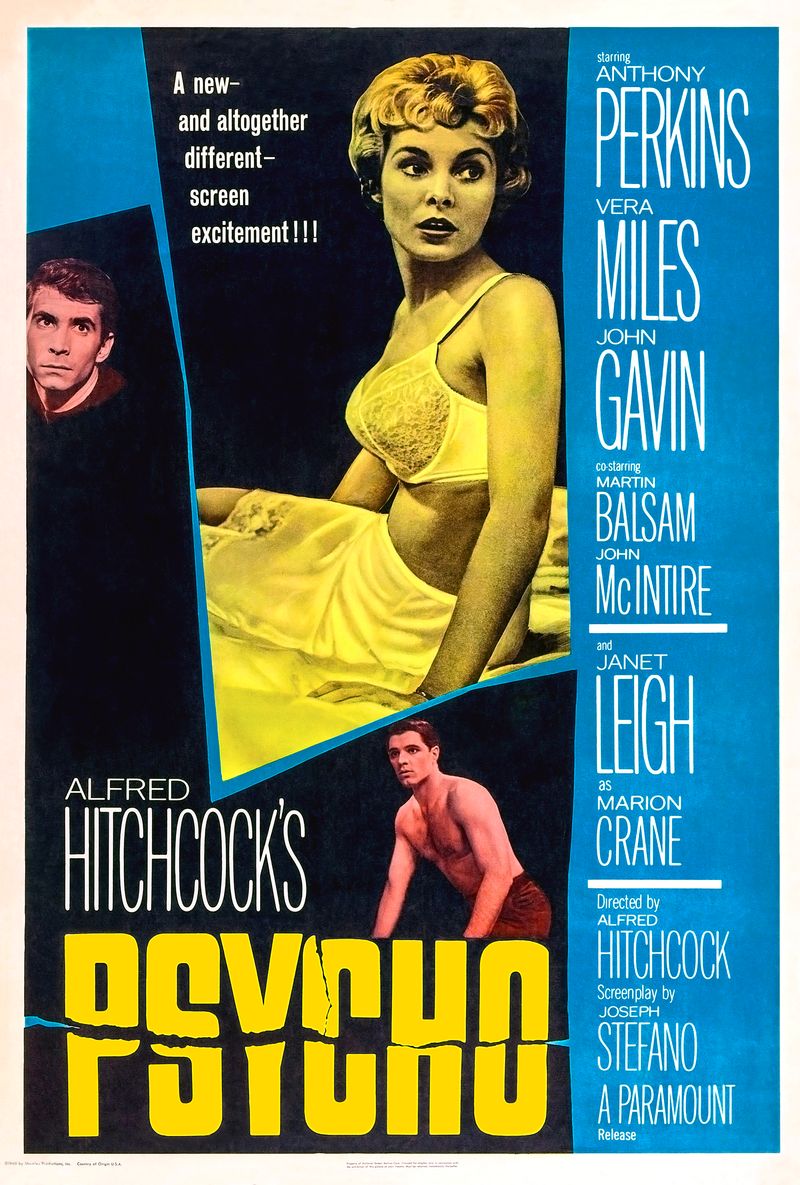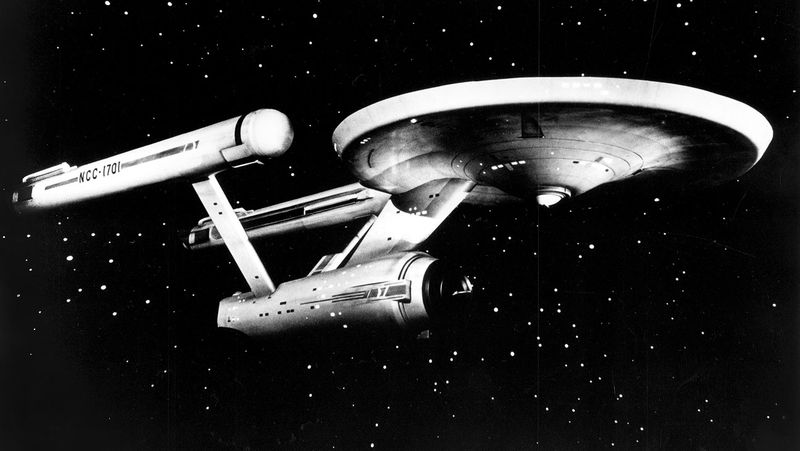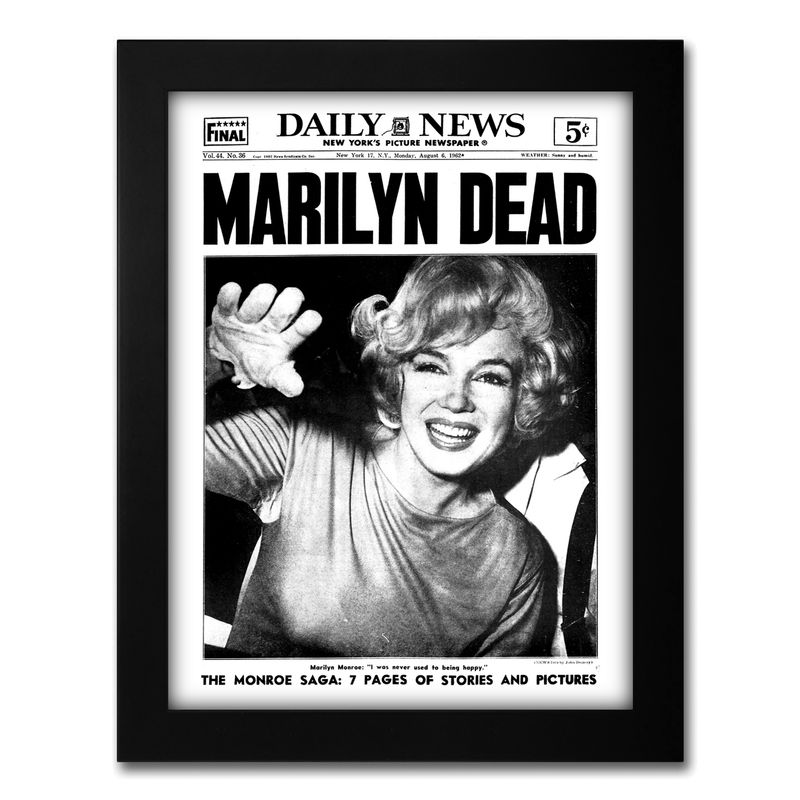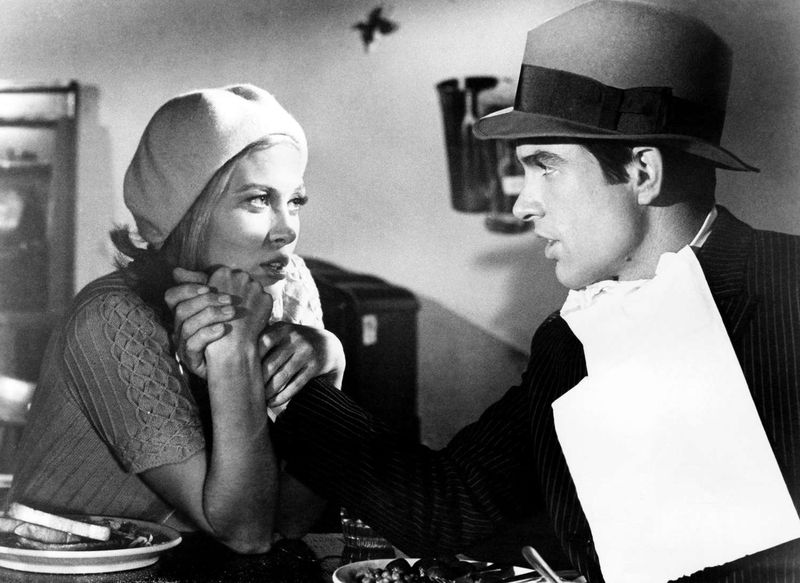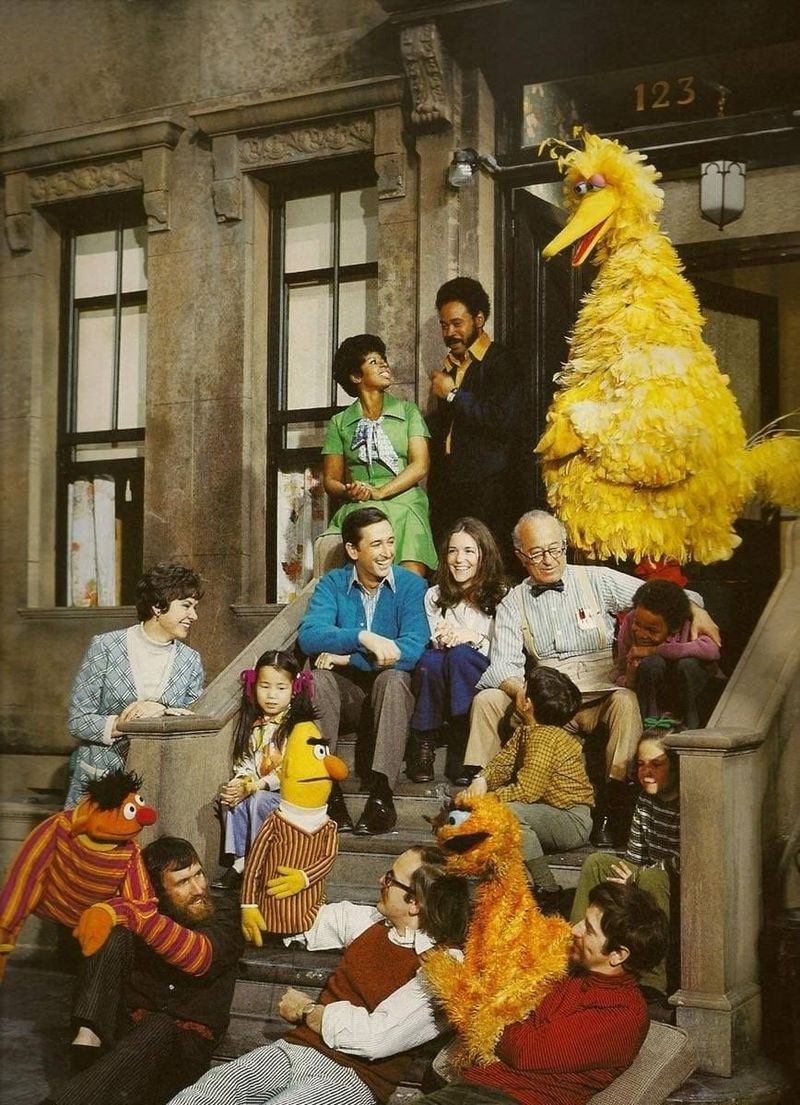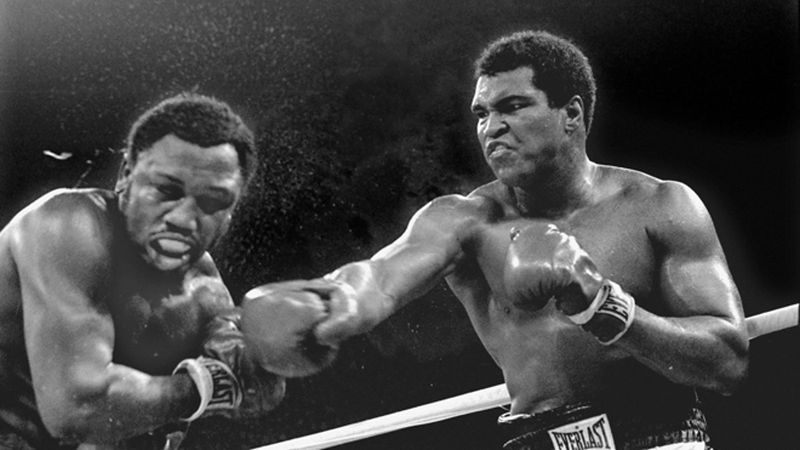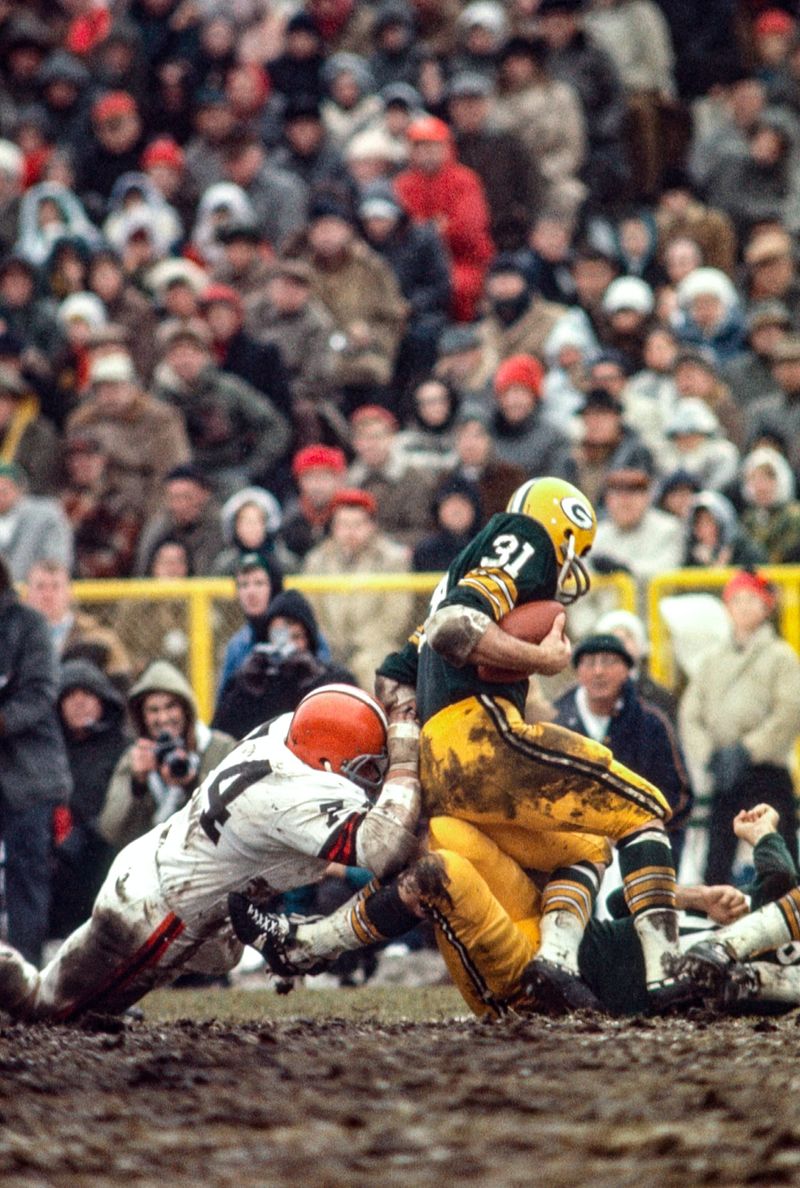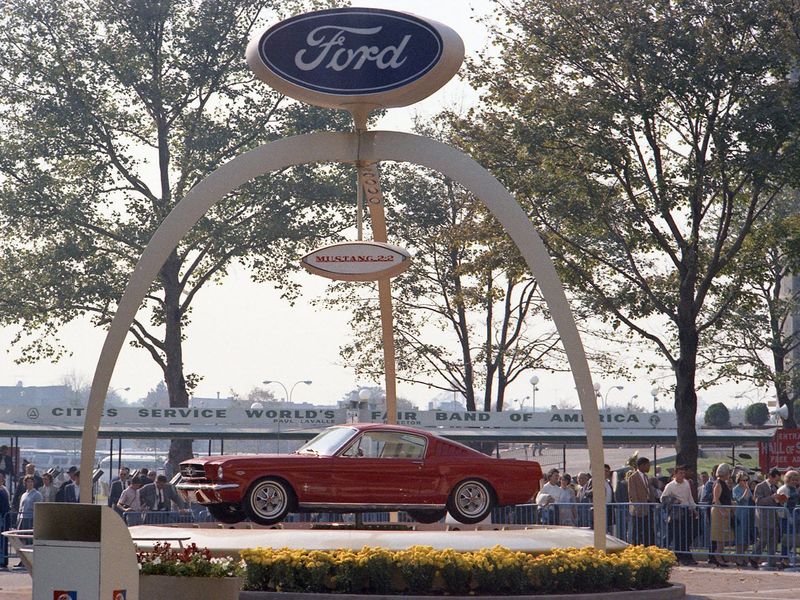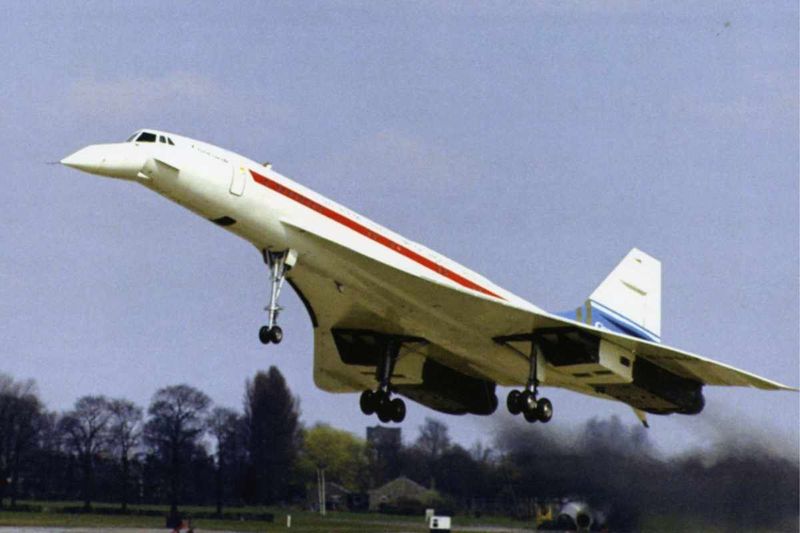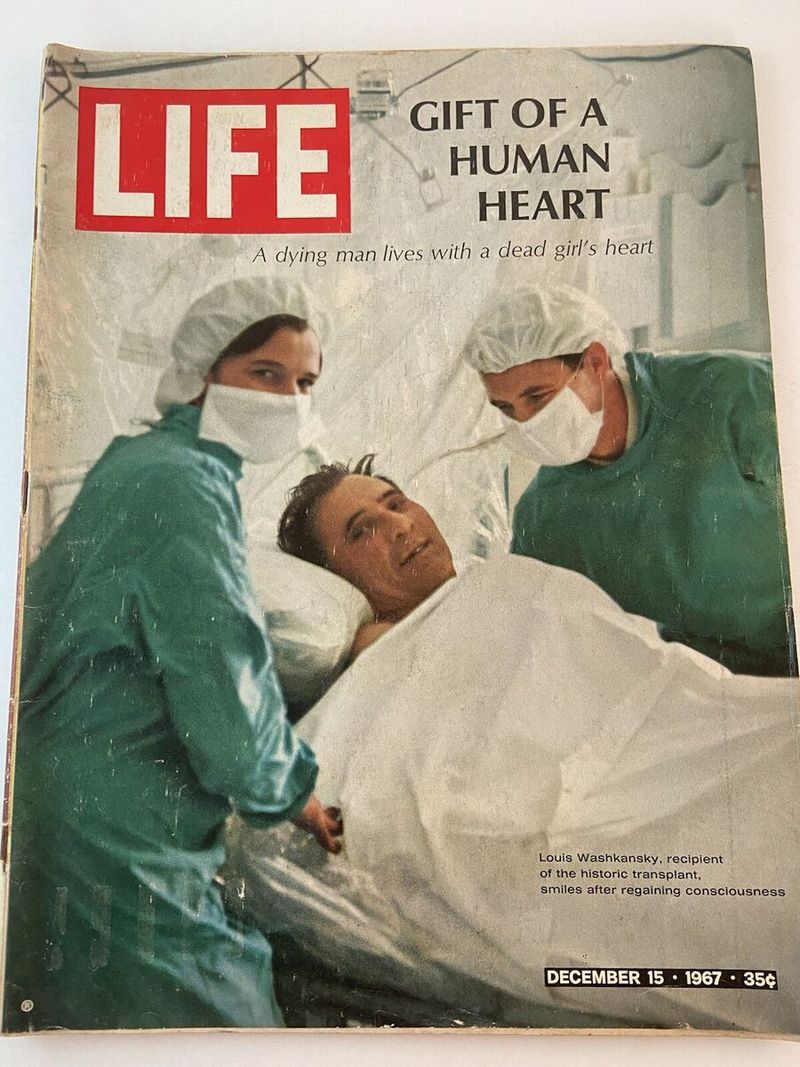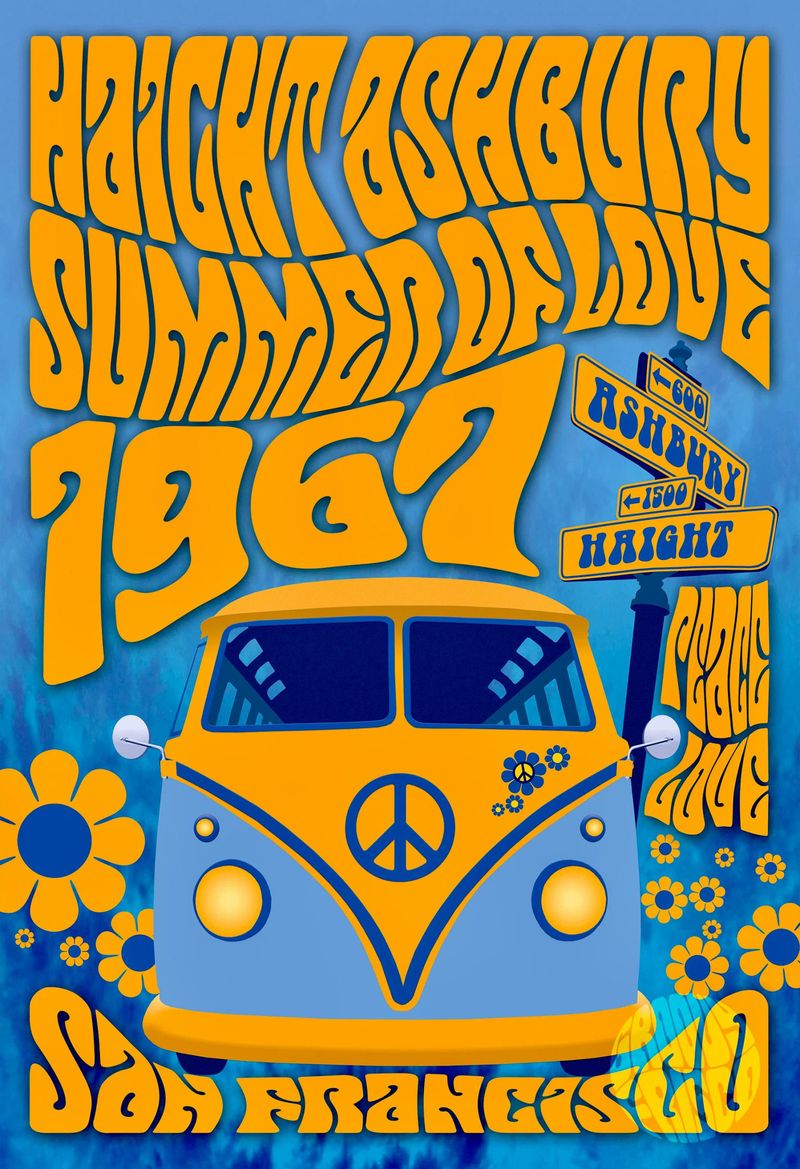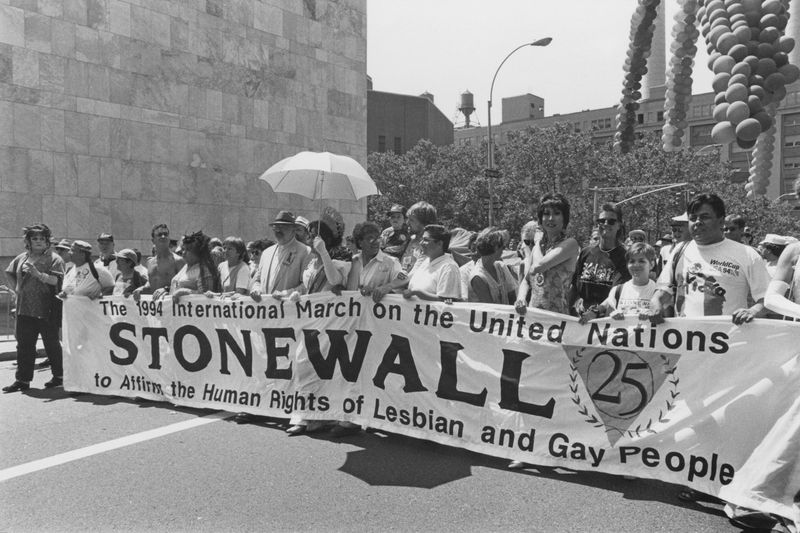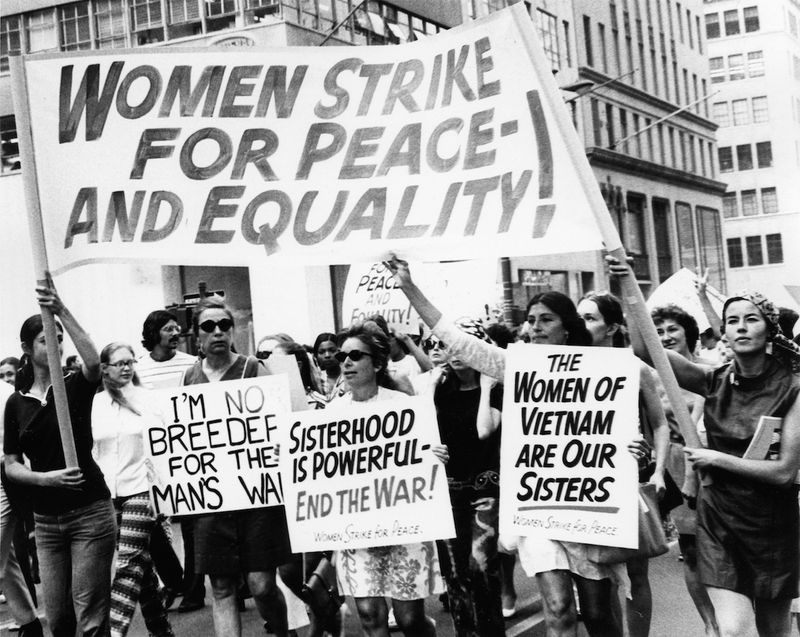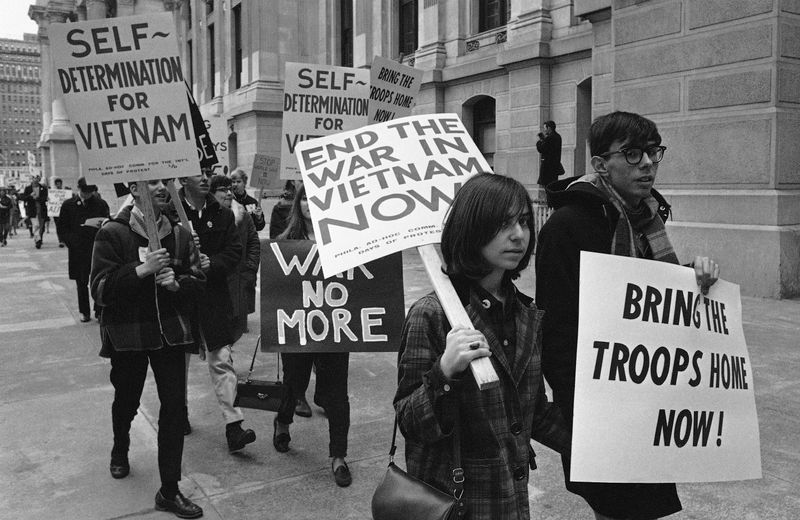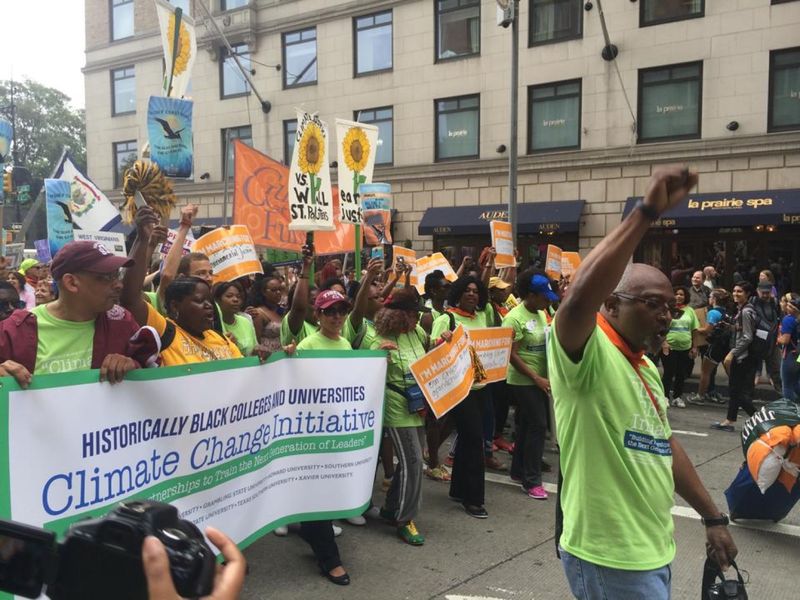The 1960s was a decade of transformation, marked by significant cultural, political, and social changes. From civil rights milestones to groundbreaking technological advancements, this era reshaped the world.
In this blog post, we’ll explore 25 iconic people and moments that defined the 1960s, leaving lasting impacts on generations to come.
1. Martin Luther King Jr.’s “I Have a Dream” Speech (1963)
A pivotal moment in the Civil Rights Movement, Martin Luther King Jr.’s “I Have a Dream” speech was delivered on August 28, 1963, during the March on Washington. His powerful words called for racial equality and an end to discrimination.
The speech not only inspired millions but also cemented King’s legacy as a leading figure in the fight for civil rights. With over 250,000 attendees, the event marked a turning point in American history. King’s vision of a harmonious society continues to resonate, reminding us of the ongoing struggle for justice and equality.
2. The Assassination of John F. Kennedy (1963)
On November 22, 1963, the world was stunned by the assassination of John F. Kennedy, the 35th President of the United States. The tragic event took place in Dallas, Texas, as Kennedy was riding in a motorcade. His death shocked the nation and led to unprecedented media coverage.
The subsequent investigation, led by the Warren Commission, concluded that Lee Harvey Oswald acted alone. Kennedy’s assassination left a void in American politics and culture, profoundly affecting the nation. His vision for a united America lives on, inspiring future generations to strive for a better world.
3. The Civil Rights Act (1964)
The Civil Rights Act of 1964 was a landmark piece of legislation that outlawed segregation and discrimination based on race, color, religion, sex, or national origin. Signed into law by President Lyndon B. Johnson on July 2, 1964, it marked a significant victory for the Civil Rights Movement.
The Act addressed voting rights, public accommodations, and employment discrimination. Its passage was met with resistance in some areas but ultimately paved the way for further progress in achieving equality. Today, the Civil Rights Act remains a cornerstone in the ongoing fight for social justice and civil rights.
4. The Assassination of Malcolm X (1965)
On February 21, 1965, Malcolm X was assassinated while speaking at the Audubon Ballroom in Harlem, New York. A prominent Black nationalist and former Nation of Islam leader, Malcolm had become a powerful advocate for racial justice. His death left a significant void in the movement for Black empowerment.
Known for his charismatic speaking style, Malcolm X challenged the status quo and urged African Americans to fight for their rights through any means necessary. His legacy continues to influence modern activists, reminding us of the importance of resilience and courage in the face of adversity.
5. The Moon Landing (1969)
On July 20, 1969, humanity achieved one of its greatest feats with the successful moon landing of Apollo 11. Astronauts Neil Armstrong and Buzz Aldrin made history by becoming the first humans to set foot on the lunar surface. Armstrong’s words, “That’s one small step for man, one giant leap for mankind,” echoed across the globe.
The mission was a triumph of human ingenuity, marking a pivotal moment in the Space Race. The moon landing not only showcased technological advancement but also inspired generations to dream beyond Earth’s confines, sparking curiosity and exploration.
6. The Beatles Arrive in America (1964)
In February 1964, the Beatles arrived in America, sparking a cultural revolution known as the “British Invasion.” Their appearance on “The Ed Sullivan Show” attracted an unprecedented television audience, marking the beginning of Beatlemania. The band’s innovative music and charismatic presence reshaped popular culture, influencing fashion, music, and attitudes.
The Beatles’ arrival signaled a shift in the music industry, paving the way for other British bands. Their timeless music continues to captivate audiences worldwide, proving that their impact transcends generations. The Beatles remain a symbol of creativity and artistic innovation.
7. Woodstock Music Festival (1969)
The Woodstock Music Festival, held from August 15 to 18, 1969, became a defining symbol of the 1960s counterculture movement. Located on a farm in Bethel, New York, the event attracted over 400,000 attendees who gathered to celebrate peace, love, and music. Featuring legendary performances by artists like Jimi Hendrix, Janis Joplin, and The Who, Woodstock embodied the spirit of the era.
Despite challenges like rain and overcrowding, the festival was a peaceful celebration of unity. Woodstock’s legacy endures as a testament to the power of music in bringing people together and fostering change.
8. Elvis Presley’s Comeback Special (1968)
In December 1968, Elvis Presley staged a remarkable comeback with his televised special, simply titled “Elvis.” After years away from live performances, the King of Rock & Roll returned to the stage, showcasing his enduring talent and charisma. The special featured a mix of Elvis’s classic hits and new material, reinvigorating his career. Viewers were captivated by his dynamic performance and stage presence.
Elvis’s comeback not only reaffirmed his status as a musical icon but also paved the way for a successful comeback tour. His influence on music and popular culture remains unparalleled.
9. Bob Dylan Goes Electric (1965)
In 1965, Bob Dylan shocked the folk music community by “going electric” at the Newport Folk Festival. Known for his acoustic folk sound, Dylan’s decision to perform with an electric guitar marked a bold artistic shift. The performance sparked controversy among traditional folk fans but paved the way for a new era in music.
Dylan’s electrification represented a break from convention, blending rock with folk and influencing countless artists. His willingness to innovate challenged audiences to embrace change. Dylan’s legacy as a trailblazer endures, inspiring musicians to push boundaries and explore new creative paths.
10. The Rolling Stones’ Rise to Fame
The Rolling Stones emerged as one of the most influential rock bands of the 1960s. Known for their gritty sound and rebellious image, they provided a stark contrast to the polished image of The Beatles. Hits like “(I Can’t Get No) Satisfaction” and “Paint It Black” catapulted them to stardom.
The band’s energetic performances and edgy lyrics resonated with youth culture, embodying the spirit of rebellion. The Rolling Stones’ rise to fame signaled a shift in the music industry, as they pushed boundaries and redefined rock music. Their legacy continues to inspire musicians worldwide.
11. The Release of Psycho (1960)
In 1960, Alfred Hitchcock released “Psycho,” a psychological thriller that revolutionized the horror genre. The film’s shocking plot twists and innovative storytelling techniques captivated audiences. Hitchcock’s masterful direction created a sense of suspense that kept viewers on the edge of their seats. “Psycho” challenged traditional filmmaking norms, introducing themes of identity and madness.
Its iconic shower scene became one of cinema’s most memorable moments. The film’s success paved the way for future thrillers and solidified Hitchcock’s status as a cinematic genius. “Psycho” continues to influence filmmakers, proving that suspense and storytelling endure across generations.
12. The Star Trek TV Debut (1966)
“Star Trek” debuted on television in 1966, introducing audiences to a new frontier of science fiction. Created by Gene Roddenberry, the series explored themes of exploration, diversity, and unity. The diverse crew of the USS Enterprise, led by Captain Kirk, embarked on missions that challenged societal norms and embraced diplomacy. “Star Trek” pushed boundaries in storytelling and representation, offering a vision of a harmonious future.
Although initially canceled after three seasons, the show’s passionate fan base spurred its revival. “Star Trek” continues to thrive, inspiring generations to dream of a future where humanity reaches for the stars.
13. Marilyn Monroe’s Death (1962)
On August 5, 1962, the world mourned the loss of Marilyn Monroe, one of Hollywood’s most iconic stars. Her untimely death at the age of 36 shocked fans and left an enduring mystery. Known for her beauty and charisma, Monroe captivated audiences with her performances in films like “Some Like It Hot” and “Gentlemen Prefer Blondes.”
Despite her public success, Monroe’s personal life was marked by struggles and vulnerabilities. Her tragic death remains a subject of fascination and speculation. Monroe’s legacy endures as a symbol of glamour and complexity, reflecting the allure and challenges of fame.
14. Bonnie and Clyde Revolutionizes Cinema (1967)
“Bonnie and Clyde,” released in 1967, revolutionized cinema with its bold portrayal of crime and rebellion. Directed by Arthur Penn, the film depicted the infamous outlaws with a mix of glamour and grit. Its graphic violence and anti-establishment themes challenged traditional filmmaking norms. “Bonnie and Clyde” became a critical and commercial success, marking a shift towards more daring and realistic storytelling.
The film’s impact on Hollywood was profound, influencing the rise of “New Hollywood” and inspiring future filmmakers. “Bonnie and Clyde” remains a classic, remembered for its innovative approach and cultural significance.
15. The Premiere of Sesame Street (1969)
“Sesame Street” premiered on November 10, 1969, forever changing children’s television. Created by Joan Ganz Cooney and Lloyd Morrisett, the show combined entertainment and education, using puppetry and live-action to teach young audiences. Featuring beloved characters like Big Bird, Cookie Monster, and Elmo, “Sesame Street” addressed diverse topics, from literacy to social issues. Its innovative format and commitment to diversity resonated with viewers, making it a beloved staple in households worldwide.
The show’s impact on education and representation continues to be celebrated. “Sesame Street” remains a cherished program, nurturing young minds with creativity and compassion.
16. Muhammad Ali Becomes Heavyweight Champion (1964)
In 1964, a young Cassius Clay, soon to be known as Muhammad Ali, shocked the world by defeating Sonny Liston to become the heavyweight champion. With his brash confidence and unmatched skill, Ali redefined the sport of boxing.
His victory was not only a triumph in the ring but also a statement of empowerment and social change. Ali’s refusal to conform to societal expectations and his outspoken nature made him a polarizing figure. Yet, his contributions to sports and activism remain undeniable. Ali’s legacy as “The Greatest” endures, inspiring athletes and activists alike.
17. The Green Bay Packers Dominate the First Super Bowl (1967)
On January 15, 1967, the Green Bay Packers triumphed over the Kansas City Chiefs in the first-ever Super Bowl, winning 35-10. Led by legendary coach Vince Lombardi, the Packers showcased their dominance on the field. The game marked the beginning of what would become America’s most celebrated sporting event.
The Packers’ victory solidified their status as a powerhouse team and set the stage for future Super Bowl spectacles. The Super Bowl’s growth into a cultural phenomenon highlights the enduring appeal of American football. The Packers’ legacy continues to inspire fans and players across generations.
18. The Ford Mustang Debuts (1964)
In April 1964, the Ford Mustang made its debut, capturing the imagination of car enthusiasts worldwide. With its sleek design and affordable price, the Mustang quickly became a symbol of freedom and innovation. The car’s success marked a new era in the automotive industry, appealing to a younger generation seeking adventure.
The Mustang’s impact went beyond aesthetics, influencing car design and marketing strategies. Its introduction was a game-changer, setting the stage for future models and trends. The Ford Mustang remains an icon of American culture, embodying the spirit of the 1960s and the thrill of the open road.
19. The Concorde Supersonic Jet Takes Flight (1969)
In 1969, the Concorde supersonic jet took its inaugural flight, revolutionizing air travel with its unprecedented speed. Developed by British and French engineers, the Concorde could travel at twice the speed of sound, cutting transatlantic flight times in half. Its sleek design and luxurious amenities attracted attention and admiration.
Although commercial flights began in 1976, the Concorde’s development in the ’60s marked a significant technological breakthrough. Despite its eventual retirement, the Concorde remains a symbol of innovation and ambition in aviation history. Its legacy continues to inspire advancements in aerospace technology.
20. The First Human Heart Transplant (1967)
On December 3, 1967, Dr. Christiaan Barnard performed the world’s first successful human-to-human heart transplant in Cape Town, South Africa. The groundbreaking procedure pushed the boundaries of medical science and offered new hope for patients with heart disease. Barnard’s achievement demonstrated the potential of medical innovation and the importance of surgical expertise.
The operation inspired further advancements in transplant surgery and organ donation. Despite ethical debates and challenges, the success of the first heart transplant marked a turning point in medical history. Barnard’s pioneering work continues to save lives and shape the future of medicine.
21. The Summer of Love (1967)
The Summer of Love, centered in San Francisco’s Haight-Ashbury district, became a cultural phenomenon in 1967. Thousands of young people converged to celebrate peace, love, and counterculture. Driven by ideals of non-conformity and social change, the movement embraced music, art, and alternative lifestyles.
The Summer of Love challenged traditional values and advocated for civil rights, environmentalism, and anti-war sentiments. Iconic bands like Jefferson Airplane and The Grateful Dead provided the soundtrack to this transformative period. The Summer of Love’s legacy endures as a symbol of unity and free expression, inspiring subsequent generations to pursue change.
22. The Stonewall Riots (1969)
The Stonewall Riots, which erupted in June 1969 in New York City, marked a watershed moment in the fight for LGBTQ+ rights. Triggered by a police raid at the Stonewall Inn, the uprising saw members of the LGBTQ+ community standing up against discrimination and brutality.
The riots galvanized activists, leading to the formation of advocacy groups and the organization of the first Pride marches. Stonewall’s impact reverberated globally, igniting a movement for equality and acceptance that continues today. The spirit of resistance and courage embodied in the Stonewall Riots remains a powerful force for change and inclusivity.
23. Feminism’s Second Wave Takes Off
The publication of Betty Friedan’s “The Feminine Mystique” in 1963 ignited the second wave of feminism, challenging traditional gender roles and advocating for women’s rights. Friedan’s work resonated with women who felt confined by societal expectations and domesticity. The movement called for equal opportunities in education, employment, and personal autonomy.
Feminism’s second wave led to significant changes in legislation and attitudes, empowering women to pursue careers and independence. The dialogue initiated by Friedan continues to shape discussions on gender equality and social justice. The movement’s legacy endures, inspiring ongoing efforts to achieve true equality.
24. Protests Against the Vietnam War
During the 1960s, widespread protests against the Vietnam War reflected growing discontent with U.S. military involvement. College students and activists rallied across the nation, demanding an end to the conflict. The anti-war movement utilized marches, sit-ins, and demonstrations to voice opposition and influence public opinion.
Media coverage of the war’s human toll further fueled activism, leading to increased calls for peace and accountability. The protests against the Vietnam War marked a significant moment in American history, showcasing the power of collective action. The movement inspired future generations to advocate for justice and challenge government policies.
25. The Birth of the Environmental Movement
Rachel Carson’s “Silent Spring,” published in 1962, is credited with sparking the modern environmental movement. The book highlighted the dangers of pesticide use and the impact on ecosystems, raising public awareness of environmental issues. Carson’s compelling narrative challenged the chemical industry and called for regulatory changes to protect nature.
Her work inspired grassroots activism and led to the establishment of environmental protection agencies and legislation. The birth of the environmental movement marked a turning point in how societies perceive and interact with the natural world. Carson’s legacy continues to inspire efforts to preserve the planet for future generations.
